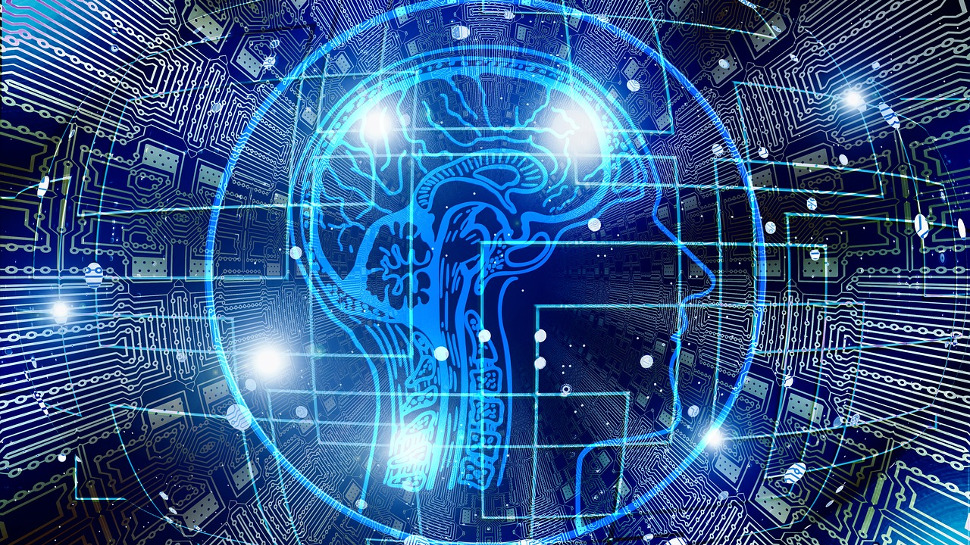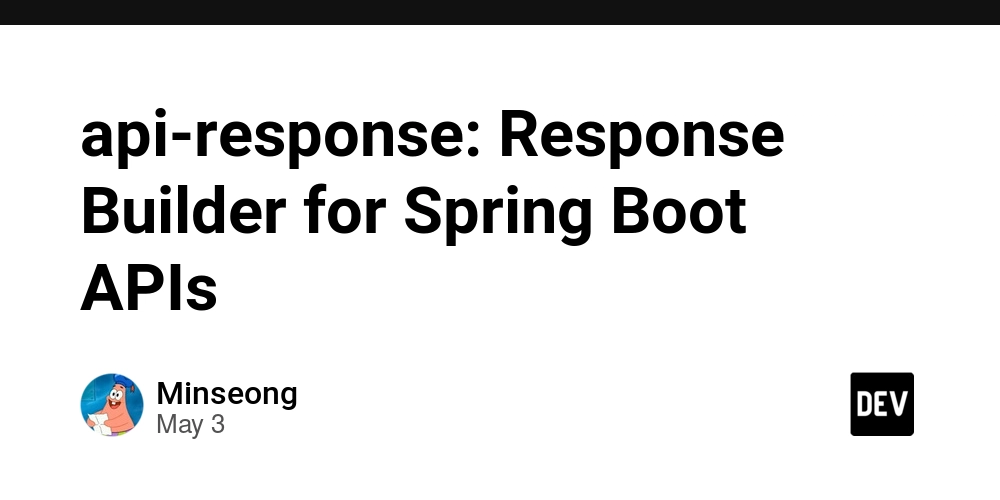From novelty to normality: how AI is defining work in 2025
Two years after ChatGPT revolutionized the world, businesses are integrating AI into daily workplace operations. However, many employees have been using it for years, and expect seamless AI experiences from their employers.

It’s been two years since OpenAI shook the world with ChatGPT. Since then, businesses have been racing to monetize AI and seamlessly integrate it into daily operations. Now, in 2025, those ambitions are materializing, giving the world a clearer vision of what an AI-powered business landscape looks like.
In this piece, we’ll explore how AI has moved from niche to normal, examine the key forces reshaping the world of work and try to get a sense of where we’re headed.
What does AI look like in 2025?
In 2025, AI is no longer an experiment. Companies have moved beyond testing and are deploying AI at scale. Agentic AI chatbots can now recommend products and complete transactions autonomously, while AI-powered fraud prevention help detect and prevent scams. AI isn’t just emerging—it’s here.
According to McKinsey, five forces are defining AI in the workplace in 2025: improved intelligence and reasoning, agentic AI enabling autonomous robot workers, multimodality that integrates text, audio, and video, and increased transparency through better reasoning and clearer explanations of its processes.
Workers are using AI to be more creative. A report by Deloitte found that 70% of workers are open to offloading tasks to AI to free up time and boost creativity, yet 28% worry about technology threatening their jobs. AI is both a blessing and a curse—while it reduces mundane work, it also raises concerns about job security.
And better reasoning is giving businesses more confidence in AI models. Looking back on AI’s early days, many remember its tendency toward bias and its ability to confidently present falsehoods. To address this, large language models are increasingly including explanations of their reasoning or cite sources. A notable example is China’s DeepSeek model, which impressed with its whitepaper outlining the importance of reasoning in large language models.
Then there’s the rise of AI-powered tools in Enterprise Content management Systems (ECM), making document management smarter and more intuitive. People are so accustomed to AI in their daily lives—whether it’s Google Maps or Alexa—that they expect similar automation at work. These systems don’t just organize and secure business data; they also streamline tedious processes like onboarding and contract management. By automating routine paperwork, AI is freeing employees to focus on more creative, high-value tasks.
Like all technological change, there’s a lot happening, and this is just scratching the surface, but those who can harness AI stand to gain a lot. According to McKinsey, the long-term opportunity that AI presents in added productivity growth from corporate use cases is around $4.4 trillion.
Supercharged cyber risk
But it’s not all good news. While AI has boosted businesses, it has also made malicious cyber activity more prolific and dangerous. Threat actors are using AI to automate attacks, develop advanced phishing and social engineering tactics, and are leveraging deepfakes and generative AI tech to deceive employees and exploit vulnerabilities more efficiently. In response, businesses in 2025 are locking down their data and investing more heavily in information governance.
This is part of the reason businesses are assessing their records management practices and ECMs. Because cyber attackers are finding increasingly sophisticated ways to exploit data, businesses are locking down the attack surface by securing their data and documents, and ensuring the proper access controls and audit trails are in place. ECMs help organizations centralize digital sensitive documents, providing version control and enhanced security.
Another factor driving businesses toward ECM is data integrity. AI is only as powerful as the data it’s trained on, yet 67% of organizations admit they don’t fully trust their own data for decision-making. Proper data indexing not only improves AI performance today but also lays the foundation for future scalability. These systems allow for automated document management, ensuring data remains structured and accessible.
Human-centered tech is the future
AI in 2025 is a lot like hybrid work: by balancing automation with human oversight, businesses and workers can reap the benefits of efficiency while reducing mundane tasks.
Certainly, there are some risks. While AI is freeing employees from routine tasks and enabling more strategic work, some roles are shifting toward refinement and review of AI output—raising concerns that critical thinking skills could erode in the process. At the same time, some businesses that have made big bets on AI aren’t yet seeing the expected returns. This is because we’re only just exiting the pilot phase. Almost 90% of business leaders anticipate that AI will drive revenue growth in the next three years.
Businesses that automate their business processes using tools like ECMs — which can support the quick rollout of automated solutions with drag-and-drop tools or prebuilt templates — have more time to train their staff. According to a report by IBM, 62% of organizations are already using AI to personalize learning content for employees, leading to a more engaging and effective training experience, keeps their critical thinking skills sharp and ensuring they’re ready for further digital transformation.
McKinsey’s report highlights the immense potential of AI, but businesses must be agile to truly capitalize on it. The technology is advancing so quickly that the best opportunities could emerge from various areas—talent, new business models, or competitive products. Organizations must also invest in workers who can drive this transition.
Interestingly, Millennials—the largest generational cohort in the workforce—are among AI’s most vocal champions. As they take on more leadership roles, they are becoming natural overseers of AI adoption. But regardless of generation, businesses that prioritize employee training and equip their teams with the skills to leverage AI effectively will come out ahead. And that’s already proving true in 2025.
We've featured the best online learning platform.
This article was produced as part of TechRadarPro's Expert Insights channel where we feature the best and brightest minds in the technology industry today. The views expressed here are those of the author and are not necessarily those of TechRadarPro or Future plc. If you are interested in contributing find out more here: https://www.techradar.com/news/submit-your-story-to-techradar-pro










































































